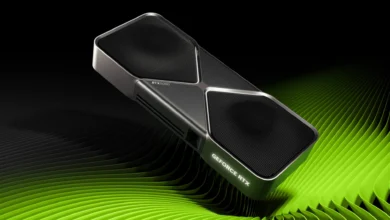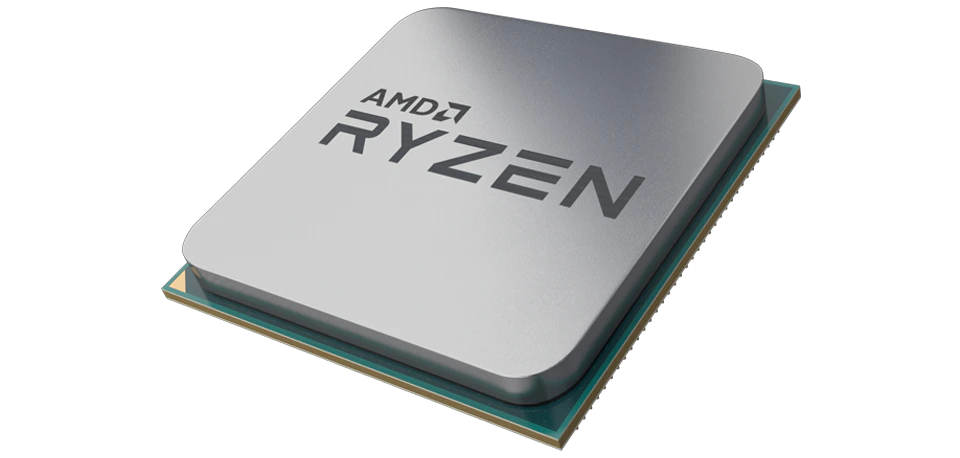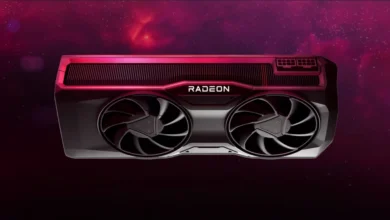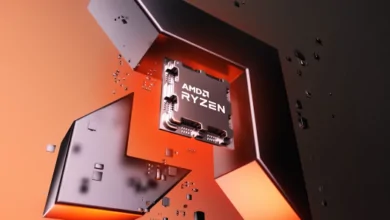How PC memory is all set to change with new CAMM2 RAM sticks

CAMM2 is a new form factor which is all set to replace DIMM RAM. Originally intended for notebooks, it’s coming to desktops too. Could become a standard with DDR6.
In 1983, James E. Clayton invented SIMM (Single In-line Memory Module) standard for memory to be used in various tech products. This was an upgrade over SIPP (single in-line pin package) which had its own issues.
SIMM was probably the earliest memory standard that was adapted by masses, where the RAM was inserted into a RAM slot vertically. Earlier inventions were soldered onto the board.
In the 1990s, the limitations of SIMM became an issue. That’s because the newly introduced CPUs back then came with a 64-bit memory bus. This 64-bit bus memory required two 32-bit RAM modules to be paired together to make use of the 64-bit memory bus properly.
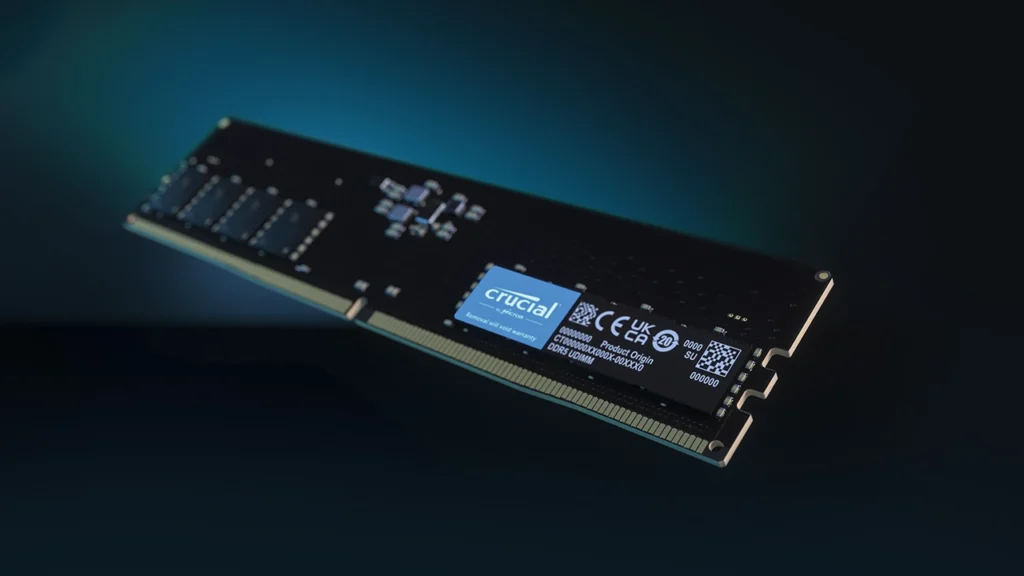
That’s when DIMM (Dual In-Line Memory Module) RAM was introduced. It utilized the 64-bit CPU memory bus completely without requiring the multiple RAM modules to be used in pairs.
This DIMM RAM, along with notebook specific SO-DIMM, is the standard which continues to be used in DDR RAM modules even now.
But that’s all set to change.
CAMM RAM Gets Invented
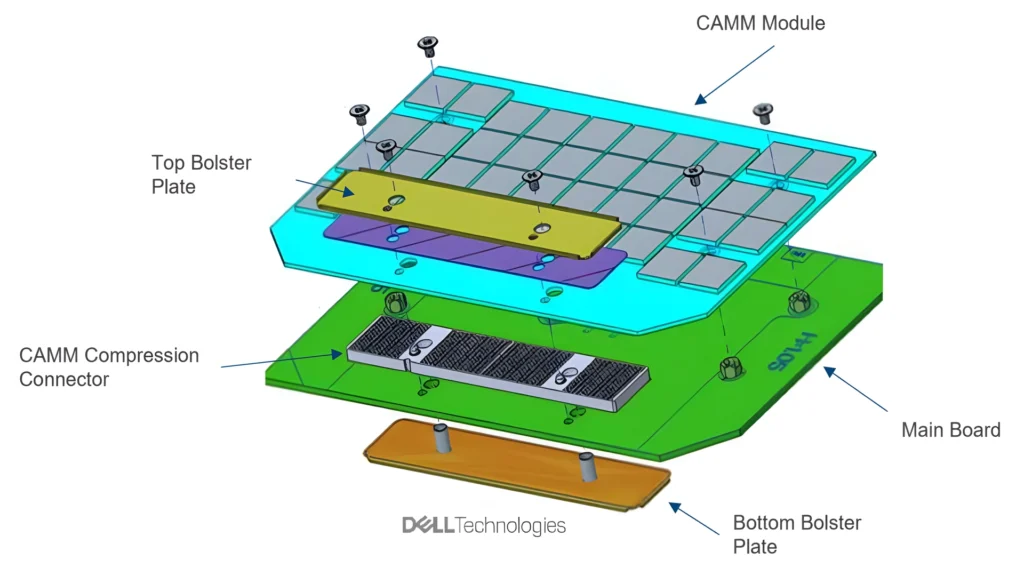
Two years ago, Dell released an entirely new DDR RAM module standard, which it called CAMM (Compression Attached Memory Module). CAMM was designed by Tom Schnell, a senior distinguished engineer at Dell.
While originally designed for notebooks, the idea behind CAMM was that it used less space and had a lot of benefits over the traditional SO-DIMM RAM sticks.
As soon as the info about this new RAM standard got leaked, it was shared by Tom’s Hardware. Many thought that it was another locked proprietary standard whose intention is to only make these new modules exclusive to Dell notebooks, forcing the users to buy Dell’s proprietary DAM sticks at a premium cost. Turns out, that assessment was incorrect.
In an interview to PC World, Dell had soon clarified that the new memory module design isn’t necessarily proprietary and it’s open to share the design with other RAM makers. With patents and royalty issues being something that can be looked into later. Due to this, all RAM makers decided to join hands to develop the CAMM RAM standard.
Then in December 2023, JEDEC, the tech standards authority, officially released the CAMM standard and named it CAMM2. It was recently revealed that not just notebooks, even desktops will get this new memory type.
CAMM2 Explained
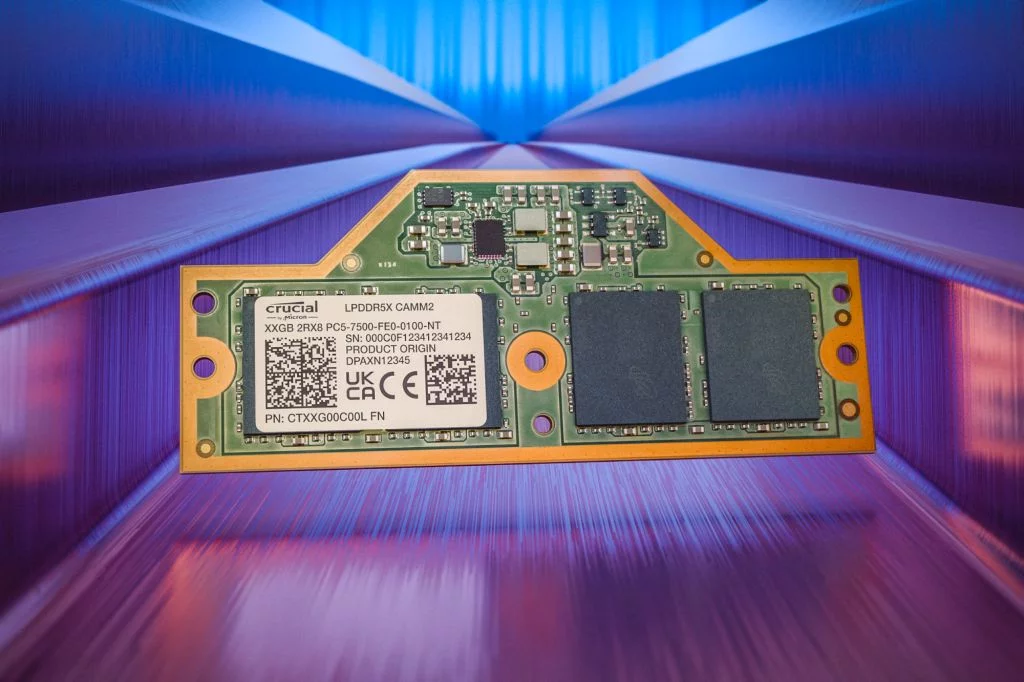
CAMM2 modules are completely different from the currently used DIMM RAMs. While both use the same RAM chips inside them, they work differently.
First all of, while the currently used DIMM RAM sticks are inserted into the RAM slots vertically on desktops, CAMM2 RAM stick is placed and installed on the RAM slot horizontally with screws.
Currently, motherboards come with multiple edge connector vertically mounting RAM slots, while CAMM2 is connected to the motherboard with an LGA connector horizontally, similar to how CPUs are installed. As it covers a lot of horizontal space on the motherboard, for now it allows installation of just one RAM module of various large capacities (32GB, 64GB and others).

The benefits of CAMM2 RAM over DIMM are many. Among the biggest of them being built-in support of dual-channel memory inside a single RAM module. Means, no need to buy and insert two RAM sticks of the same type for faster RAM speed. The single CAMM2 RAM does it for you by default. Allowing usage of the full 128-bit bus connecting to the CPU. That’s because it’s specially designed to use multiple RAM chips in a dual-channel mode. Allowing complete utilization of the CPU memory bus.
Smaller & Faster
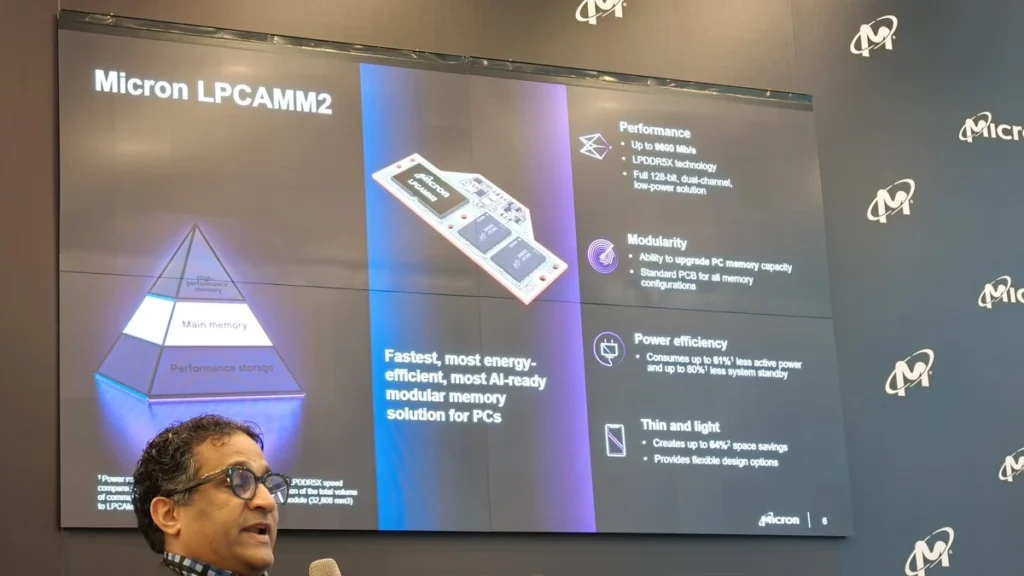
The other benefits include smaller space requirements, which is very useful for notebooks. Due to its design, CAMM2 uses lesser space. Allowing better thermals.
Another benefit is that while desktop and notebook RAM modules will be differently sized and even look different, they can put interchangeable chips on them.
But that’s not alone. These CAMM2 RAM sticks are thin, allow faster RAM speeds (up to 9600MT/s with LPDDR5X) and consume less power among many other things.
So much so that JEDEC has announced that in the future, DDR6 RAM sticks on desktops are all set to come with this new CAMM2 standard. Though it’s to be seen if DIMM would be still available.
Availability & Pricing
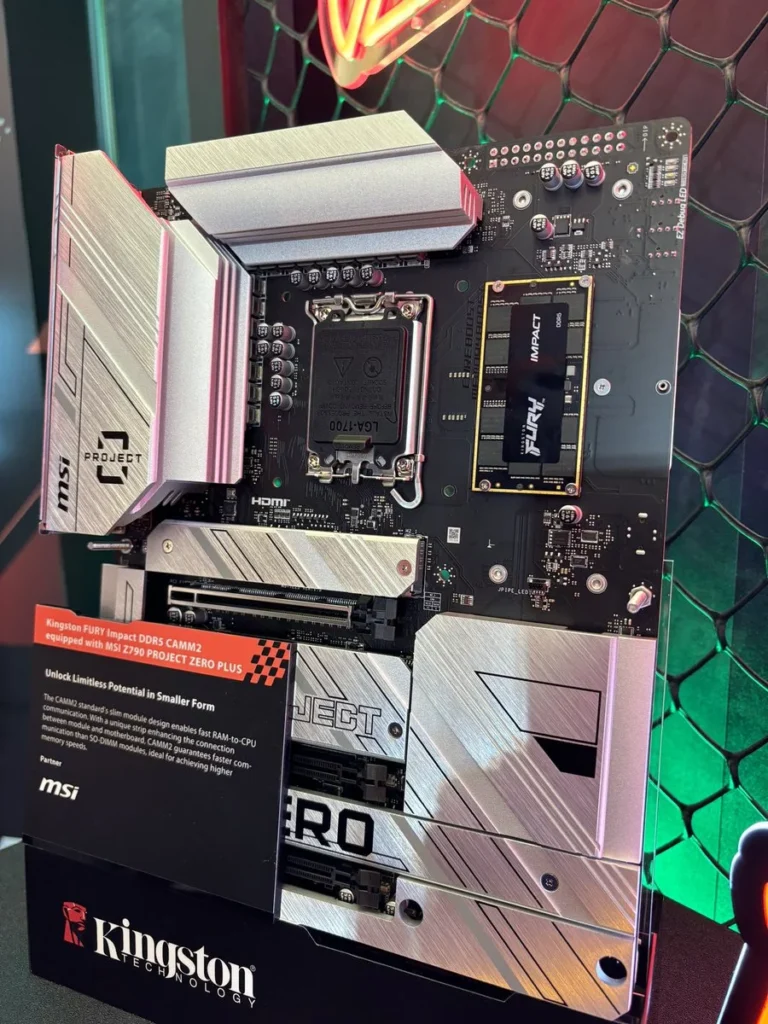
A couple of days ago, Tom’s Hardware reported that Kingston showcased its CAMM2 RAM modules for desktop in Computex. Kingston in fact has a page set up showcasing the CAMM2 RAM. They showcased this new CAMM2 RAM standard along with MSI, which has designed a motherboard required for it.
VideoCardz reports that another RAM maker, GEIL showcased their CAMM2 RAM for both desktops and notebooks at Computex 2024.
But that’s not alone, other RAM makers like Micron, SK Hynix, Samsung are onto LPCAMM2 (notebook versions) from some time now. Expect them to release the new CAMM2 for desktops soon.
The question remains about the pricing, though. Dell is selling these CAMM RAM modules at five times, that’s right, five times the current prices of DDR5 RAM. But that’s expected to get cheaper significantly as it becomes a standard. In fact, Crucial has started selling the LPDDR5X-7500 version at a far cheaper rate. Costing about $175 for 32GB.
Now when it becomes a standard is a question. Some context is required, though. AMD Ryzen 7000 CPU series and newly introduced AMD Ryzen 9000 CPU series exclusively support only DDR5. Intel Arrow Lake 200 Core Ultra series is rumored to support DDR5 exclusively too. We doubt any CPU level changes are required here.
So will it start becoming a standard with DDR5 RAM itself or will we need to wait till DDR6 for it getting mass adaptation, it’s going to be seen.
